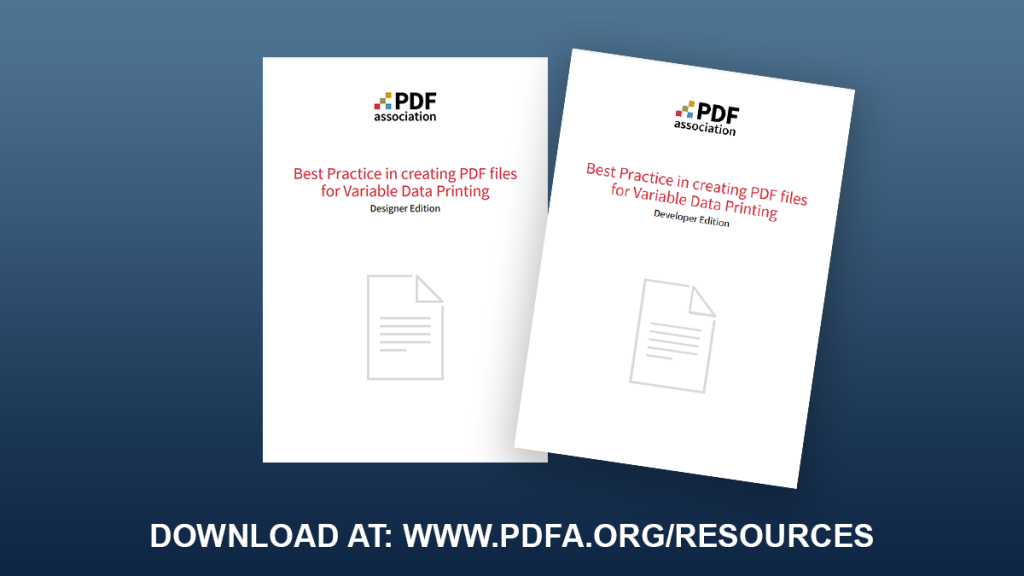
When talking with digital press vendors it soon becomes apparent that the only thing more important than speed is quality; the only thing more important than quality is cost; and the only thing more important than cost is speed. I think I’d have to ask M C Escher for an illustration of that!
To focus on speed, what a press vendor usually means when talking to Global Graphics Software is “I need the Digital Front End (DFE) for my press to be able to print every job at full engine speed”, which is a subject that we’re very happy to talk about and to demonstrate solutions for, even as the press engines themselves get faster with every new version.
But the components such as the RIP in a DFE are not the only things that can affect whether a press can be driven at full engine speed. There are plenty of things that a designer or composition engine can do that can vary how fast a PDF file can be RIPped by several orders of magnitude, without affecting the visual appearance of the print.
Obviously we like it when the files are efficiently built, but sometimes it’s not obvious to a designer, or a software developer working on either a design application or composition engine how they might be able to improve the files that they generate. That’s why we created a guide called “Do PDF/VT Right” back in 2014, stuffed full of actionable recommendations for both designers and developers making PDF files for variable data printing.
Over the years since we’ve updated and extended the guide. The rework in 2020 was sufficiently significant that we renamed it to “Full Speed Ahead: How to make variable data PDF files that won’t slow your digital press”.
It’s been very well received, and clearly filled a gap in materials available for the target audience; there have been thousands of downloads and printed copies given away at trade shows.
At the end of 2020 a new PDF/VT standard, PDF/VT-3, was published, and the committee in ISO that had developed it asked the PDF Association to write application notes for it, to assist developers implementing it with more extensive detail than can be included in International Standards. That sounds very formal, but in practice the two committees have many members in common (as an example I was project editor on PDF/VT-3 and I co-chair the PDF Association’s PDF/VT Technical Working Group (TWG)). The hand-over was mainly to enable much more agile and responsive document development and more flexibility around publication.
After some debate the PDF/VT TWG decided that what the industry really needed was a best-practice guide in how to construct efficient PDF files for VDP, whether they’re PDF/VT or ‘just’ “optimized PDF”. Any developer who has worked with PDF/VT-1 should have no trouble in implementing VT-3, but there are still some issues with slow processing of very inefficient PDF files preventing print service providers, converters etc from running their digital presses at full engine speed.
The next step was to agree to do the development of that guide in a new form of committee within the PDF Association, specifically so that people who were not members of the Association could be involved.
At this stage Global Graphics offered the text of Full Speed Ahead as a starting point for the Association guide, an offer that was very quickly accepted. But it was felt that it could be made more accessible if two editions of the guide were produced: one for designers and one for developers, rather than combining the two into a single document. Amongst other things it means that each guide can use the most appropriate terminology for each audience, which always makes reading easier.
We were lucky to have Pat McGrew working with us and she took over as champion for the designer edition, while I led on the developer one.
And so I’m very happy to announce that both the Developer and Designer editions of the PDF Association’s “Best Practice in creating PDF files for Variable Data Printing” have just been published and are available with a lot of other useful resources at https://www.pdfa.org/resources/.
DOWNLOAD
BEST PRACTICE IN CREATING PDF FILES FOR VARIABLE DATA PRINTING – DESIGNER EDITION
BEST PRACTICE IN CREATING PDF FILES FOR VARIABLE DATA PRINTING – DEVELOPER EDITION
About the author

Martin Bailey, former distinguished technologist at Global Graphics Software, is currently the primary UK expert to the ISO committees maintaining and developing PDF and PDF/VT and is the author of Full Speed Ahead: how to make variable data PDF files that won’t slow your digital press, a guide offering advice to anyone with a stake in variable data printing including graphic designers, print buyers, composition developers and users.
Further reading
- Full Speed Ahead: How to make variable data PDF files that won’t slow your digital press
- Compliance, compatibility, and why some tools are more forgiving of bad PDFs
- What the difference between PDF/X-1a and PDF/X-4
To be the first to receive our blog posts, news updates and product news why not subscribe to our monthly newsletter? Subscribe here
Follow us on LinkedIn and Twitter
